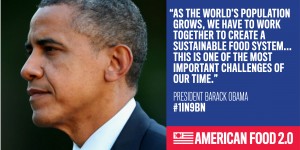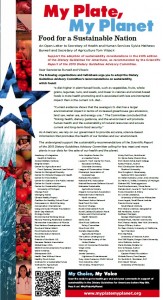Milan Food Expo: A highly preliminary assessment
Throughout my travels in Italy the last couple of weeks, I was constantly asked for an assessment of the Milan Food Expo.
My answer: it’s too early to tell. It’s only been open for two weeks and has lots more to do between now and the end of October.
In my posts on the Expo, I’ve talked about the logistics and a few of the pavilions.
But what about the overall content and take-home messages? Expos are trade fairs, but this one is about feeding the planet—adequately and sustainably.

The U.S. Pavilion carries out this theme: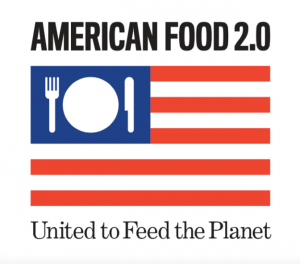
Most countries created exhibits based on these themes. Many displayed vegetable gardens in raised beds or, in the case of the US pavilion, on a long, undulating wall.

It’s useful to start with the United Nations’ Zero Hunger Pavilion. Its gigantic ticker-tape display tells you the price of food commodities throughout the world in real time.

The scrolling messages in English and Italian:
- The food sector: reality vs. abstraction.
- Extreme price volatility is a threat to food security.
- The gap between supply and demand is mainly caused by increasing food consumption, climate variability, expansion of agro-energy production, and financial speculation.
- Lack of transparency and profits for a few speculators intensify inequality in food distribution.
- New rules are needed for agricultural governance.
Like most of the exhibits, this one states the problems and says what is needed to solve them. But it leaves it up to you to figure out how to set or obtain the new rules for agricultural governance.
My view from this brief visit: The very existence of Milan Food Expo 2025 is a strong statement that food issues are worthy of serious public attention, worldwide.
For that alone, it succeeds magnificently.


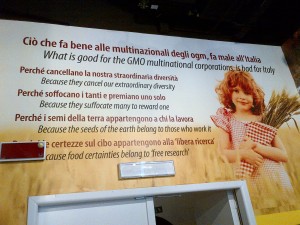 In case you can’t read the photo:
In case you can’t read the photo:
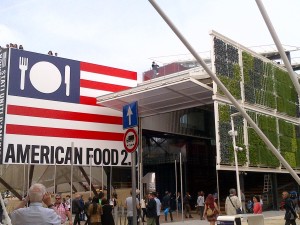
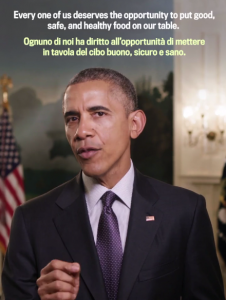 Even more, he adds:
Even more, he adds: